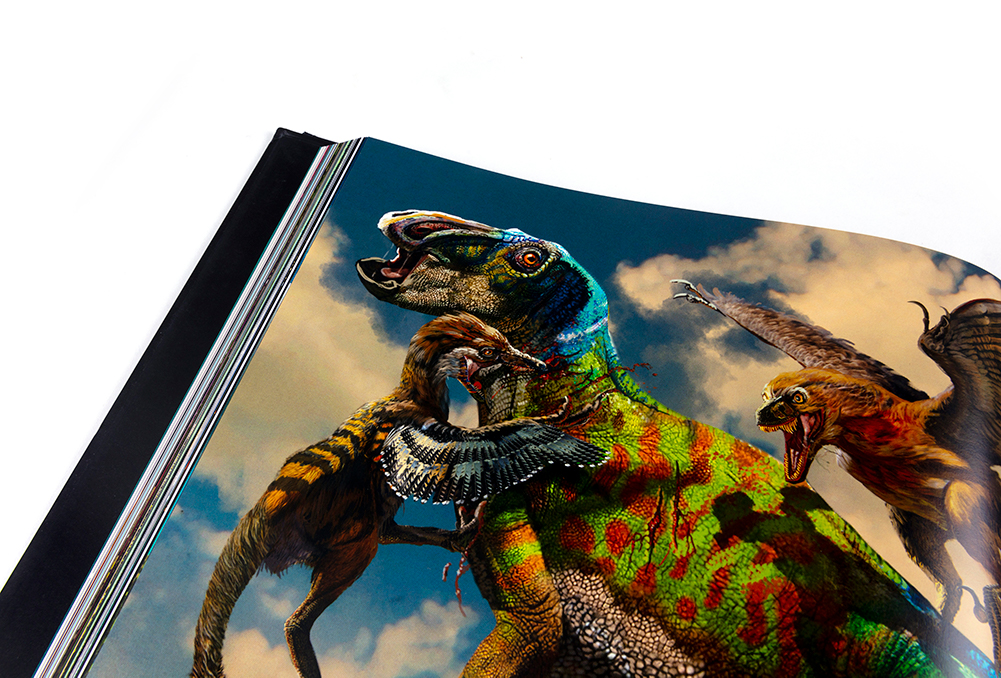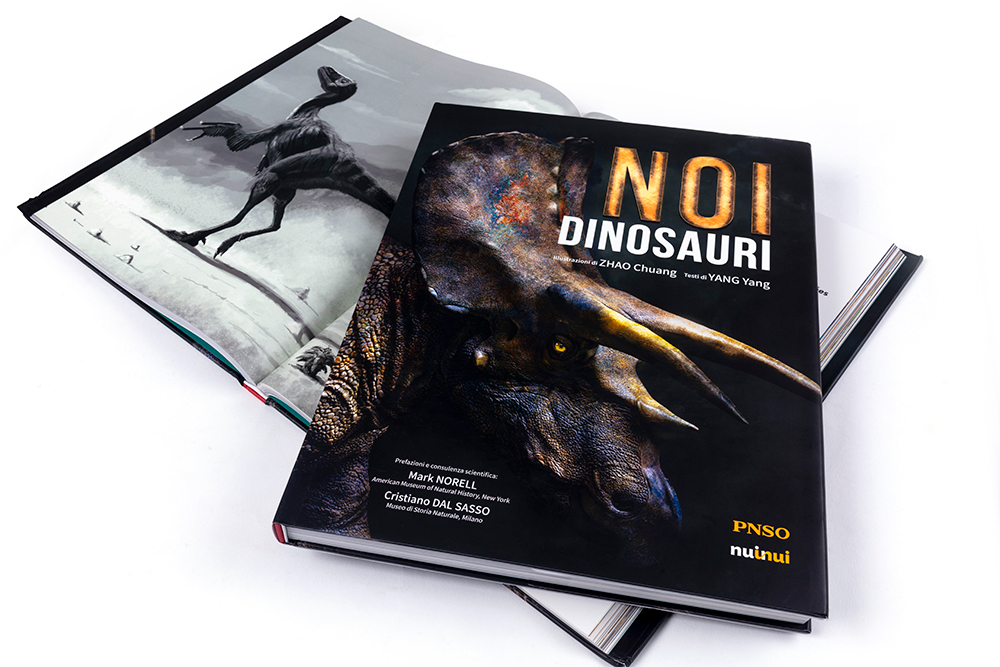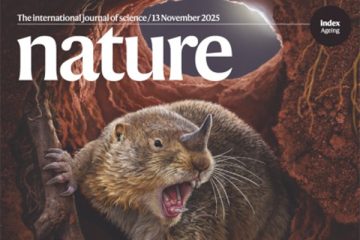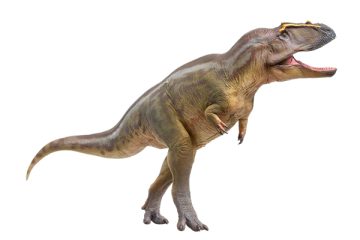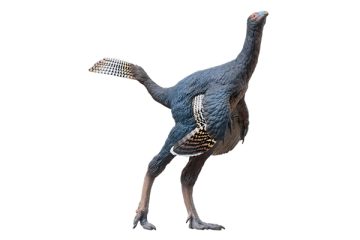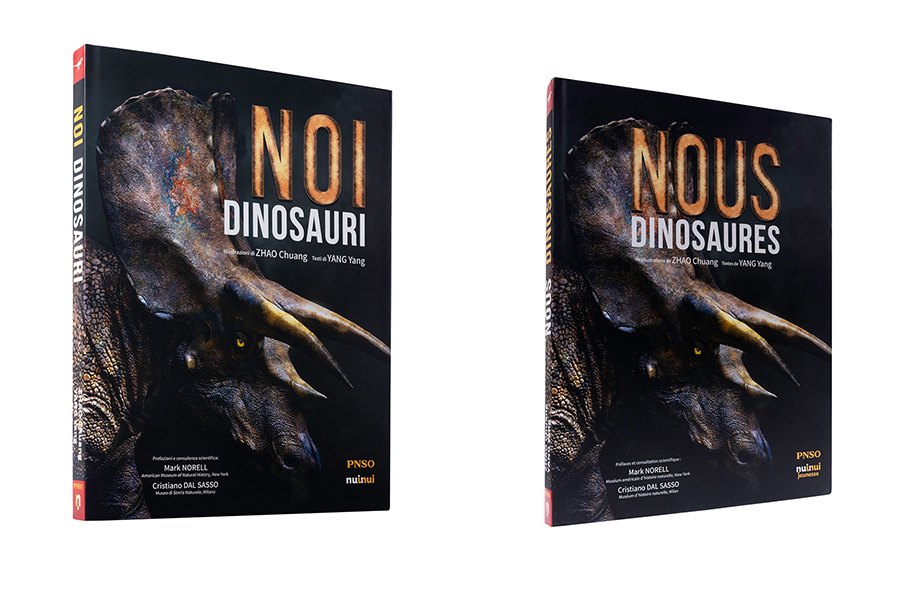
The French and Italian versions of Them: The Age of Dinosaurs(French: NOUS DINOSAURES; Italian: NOI DINOSAURI ), ZHAO Chuang and YANG Yang’s classic scientific art work, has been officially published in July 2019, meeting French- and Italian-speaking readers for the first time.
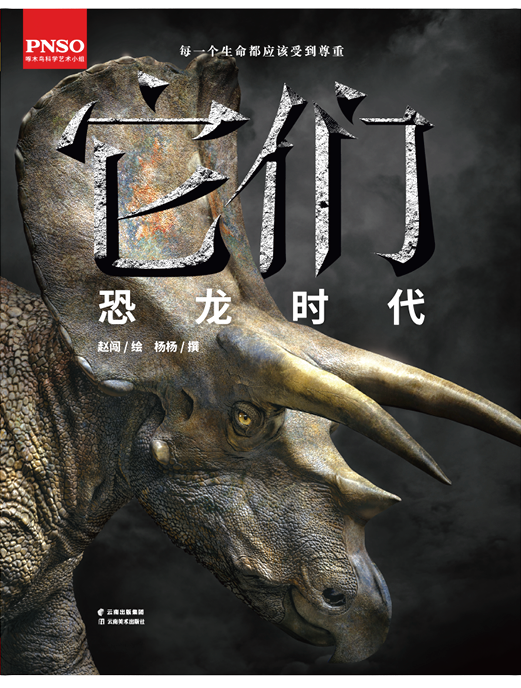
Them: The Age of Dinosaurs Chinese Version Published by Yunnan Fine Arts Publishing House. 2018.7
The two versions of Them: The Age of Dinosaurswere licensed to and published by NuiNui, a Swiss Publishing House. Cristiano Dal Sasso, paleontologist of Milan Natural History Museumand an expert on Mesozoic vertebrates,edited the book and wrote the introduction, in which he said, “Through Zhao Chuang’s captivating illustrations and Yang Yang’s text contributions, dinosaur enthusiasts the world over will now be introduced to a whole suite of ‘new’ dinosaurs, those that have only recently been discovered. . . Reconstruction is by no means a pure exercise in artistry. There exists a scientific basis for this.”
The French and Italian versions have gained widespread attention. A well-known French bookstore chain has ordered the French version in mass, with additional print runs being requested. NuiNui will bring more of PNSO’s works to French and Italian readers. In 2020, NuiNui will publish Them: The Age of Sea Monsters, PNSO Children’s Encyclopedia: The Secrets of Sea Monsters, and PNSO Dinosaur Museum: Large Carnivorous Dinosaurs.
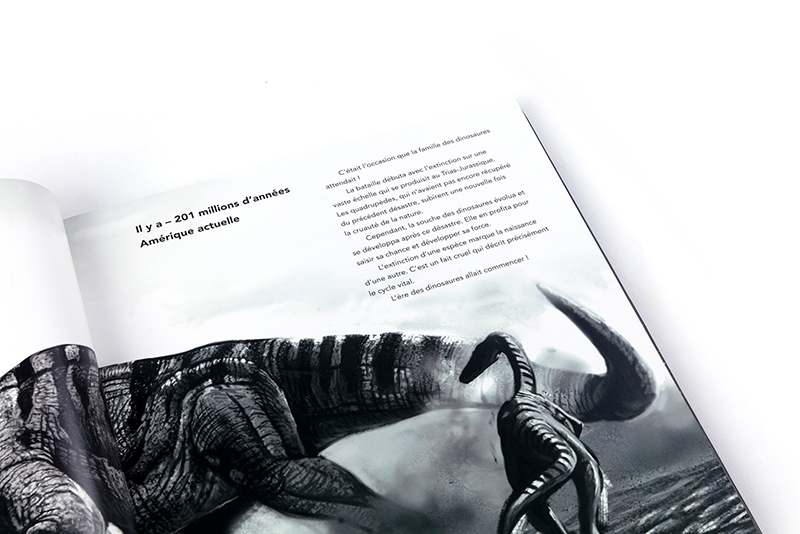
NOUS DINOSAURES
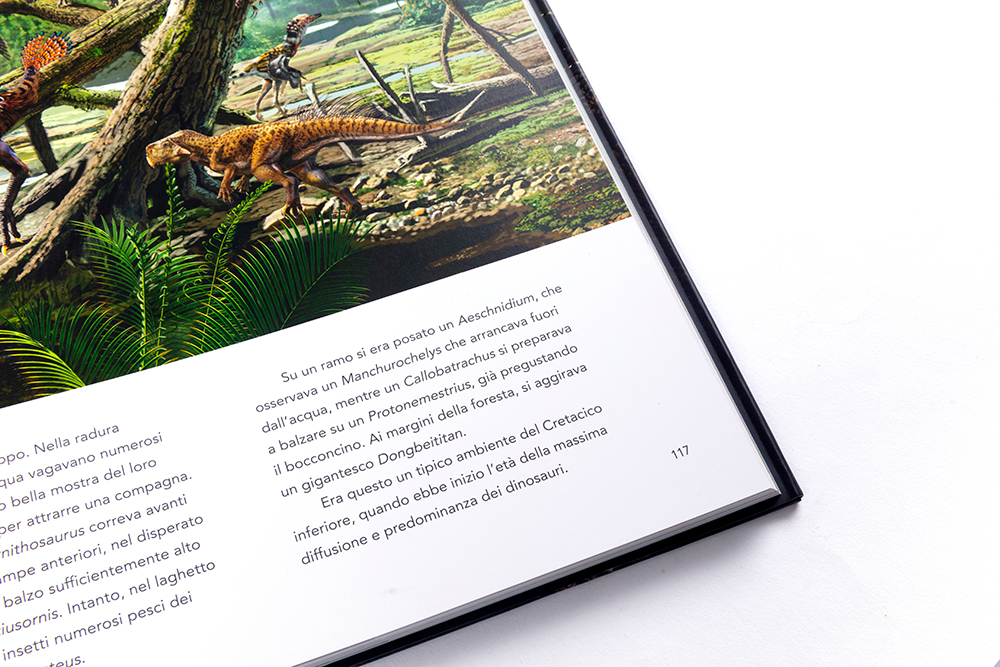
NOI DINOSAURI
PREFACE
by Cristiano Dal Sasso
(Translated by Vali Tamm)
Cristiano Dal Sasso is a paleontologist with the Natural History Museum of Milan whose field of expertise is the study of fossil reptiles. His research on dinosaurs from Italy and Africa has appeared in such prestigious international science journals as Nature, Scienceand PeerJ.
There comes a certain point during a child’s development when their interest in dinosaurs is so strong that it becomes all-consuming, so much so, in fact, that they will compete with one another to see who can roll the names of the most species off their tongues, even when you’d think such long and complicated genus names would be barely pronounceable, let alone that one might commit them to memory. On the contrary, instead of holding back these young sponges of knowledge, this complex nomenclature system only adds fuel to their fire. The binomial names, with their prosaic Latin timbre are clearly as fascinating to children as is the colossal appearance of the dinosaurs themselves: they soundprehistoric. With this youthful lot as the target audience, then, the publisher has deliberately chosen to present the dinosaurs using their scientific names in lieu of the common ones.
A una certa età, tra i bambini, la passione per i dinosauri è quasi una malattia. Ed è anche molto contagiosa, perché si fa a gara per dimostrare di conoscere quante più specie possibili, anche se certi nomi lunghi e complicati sembrerebbero quasi impronunciabili. Invece no, nemmeno questo frena i “cuccioli di uomo”, anzi fa parte della sfida. I nomi scientifici, con la loro assonanza latina, evidentemente sono affascinanti tanto quanto l’aspetto stesso dei dinosauri. Sanno di “preistorico”. E così in questo libro, pensato per i più giovani, l’editore ha volutamente conservato i nomi scientifici dei dinosauri, senza tradurli in italiano. Inoltre, grazie alle bellissime illustrazioni di Zhao Chuang e ai testi di Yang Yang, gli appassionati potranno conoscere un sacco di dinosauri “nuovi”, cioè quelli scoperti negli ultimi anni. Pensate che alcuni di essi, trovati in Cina, prima d’ora non sono mai comparsi in nessun altro libro! Qui poi troverete non solo dinosauri con pelle squamosa, ma anche specie ornate di lunghe setole e altre che esibiscono colori sgargianti: un “look” da pavoni e pappagalli, ben diverso da quello dei rettili moderni. Infatti, grazie al ritrovamento dei primi dinosauri pennuti, avvenuto nel 1996 nella provincia di Liaoning, oggi sappiamo che alcuni dinosauri teropodi (carnivori bipedi) svilupparono piume e penne, con le quali impararono a volare, per trasformarsi in quei graziosi animaletti cinguettanti che noi chiamiamo uccelli. E questo avvenne molto tempo prima della fatale catastrofe che 65 milioni di anni fa cancellò tutti gli altri dinosauri dalla faccia della Terra. Quindi possiamo dire che non tutti i dinosauri sono scomparsi, ma sono ancora tra noi, seppur molto trasformati e – per fortuna – non così pericolosi come lo erano una volta. Naturalmente, oltre a questa storia, molte altre sono narrate qui. Con un linguaggio volutamente umanizzato, al fine di coinvolgere i nostri piccoli lettori nelle vicende di ogni specie e far comprendere in modo semplice che anche in un passato molto lontano gli animali dovevano affrontare problemi non tanto diversi dai nostri. Buona avventura a tutti!
